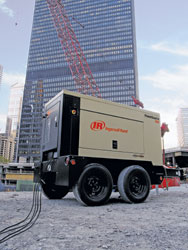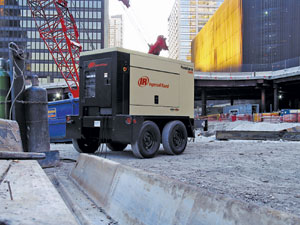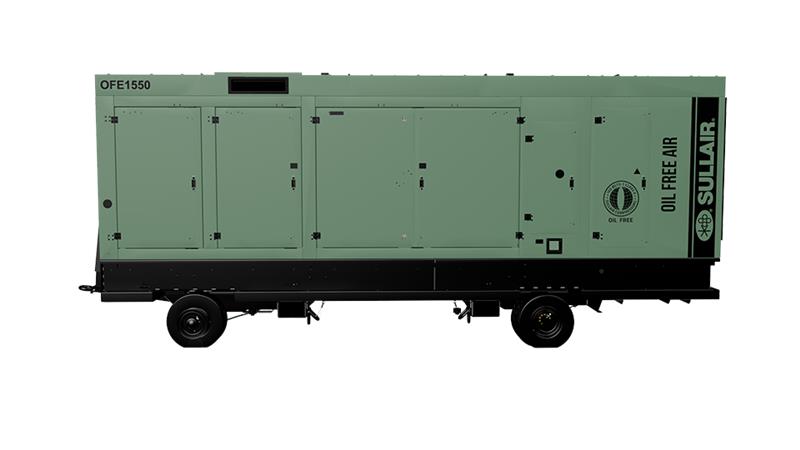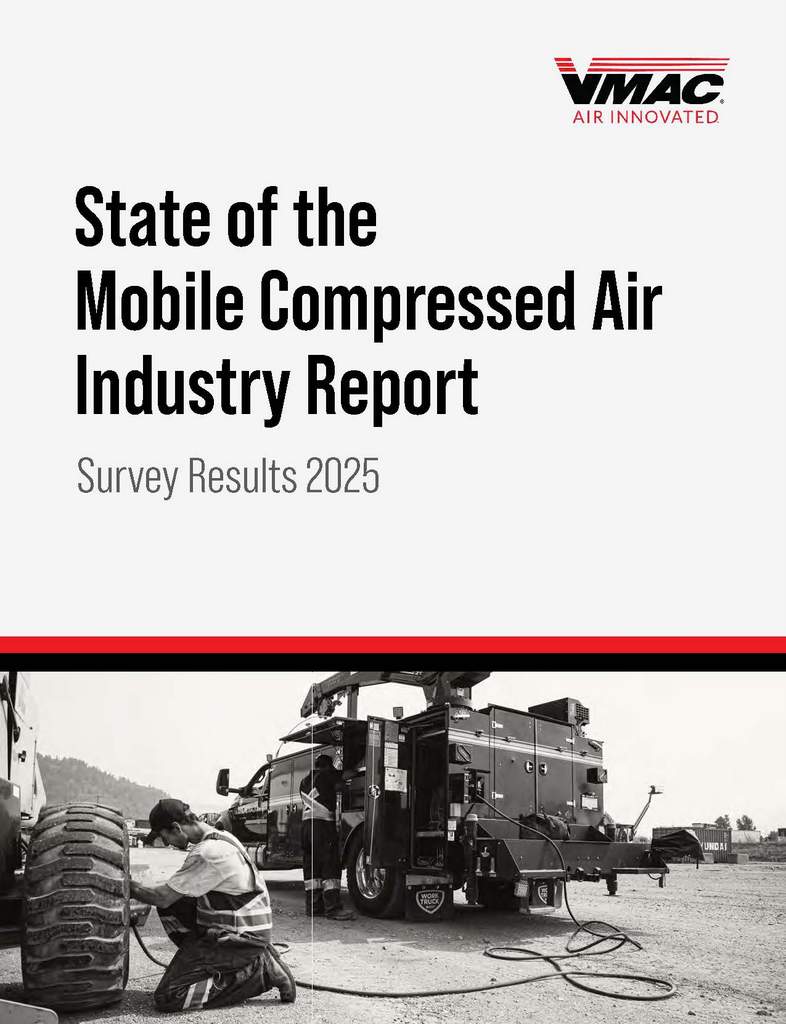Power Tools
Most people take electricity for granted. Just flip the switch and the power clicks on. But when it comes to actually generating power (as opposed to just utilizing it), professional contractors need to ensure they utilize energy safely and efficiently. When finding the ideal generator, the first thing to know is that a unit can’t be too large or too small for a job — it must be perfectly sized for the application.
Think of mobile generators as mini electric substations on wheels. You will find generators utilized to power special events, fairs, outdoor sporting events and concerts, and even used in television broadcasting. In construction, mobile generators are indispensable because a construction site may not have access to utility power.
Many times utility power lines have yet to be installed by the power company or cannot be installed because of the remote location of the jobsite. Even when there is utility power provided, you will typically find a generator on the jobsite. For instance, a generator can power anything from the office trailer, to the hand tools used by the tradesman, to the elevator on a high rise and even a crane.
Rent vs. Own

A generator is a versatile piece of equipment, and it takes exactly the right size of generator to give optimal power for the applications using it. Too small of a generator will overload; too large of a generator will cause wet stacking.
Anatomy of a Generator
Simply put, a generator converts fuel into electricity. It works by the use of an engine (typically diesel) driving an alternator. Within the alternator is the main rotor that creates a rotating magnetic field, and the stator, which is an enclosed housing with copper windings. As the electromagnetic field rotates, an alternating electrical current is created in the stator. The electric power is delivered to the receptacles and connection points on the generator. The amount of voltage is controlled by the voltage regulator switch. Most mobile generators output both single- and three-phase electric power. Single phase generally can handle low power applications such as a light bulb, and three phase operates higher-power appliances such as an air conditioner.
Understanding Load Requirements
Anything that requires electrical energy will have load requirements. To ensure you have a generator that meets all the needs of the construction site, it is imperative that the contractor clearly understands the wattage of all applications running from the generator. For instance, to power a jobsite trailer, the contractor will need to know the BTUs of the furnace and air conditioning units to determine the load on the generator. Common jobsite equipment such as air compressors, pumps, concrete drills and light towers all have running wattage and additional start-up wattage, which all need to be counted into the total power draw on a generator.
The total amount of power load should be 70 to 90 percent of the load capacity of the generator. For instance, if the total amount of application loads equals 80 kilowatts, then a generator with a maximum capacity of 100 kilowatts is a good fit. If the applied loads running on one generator exceed its maximum load capacity, the unit will fail and all power will be lost. If the generator’s load capacity is much larger than what is needed — underloading — the problem of wet stacking will occur.
Wet Stacking

Proper Maintenance
Besides meeting a generator’s proper load requirements, daily and hourly maintenance checks will keep the generator in top performance. The life of a generator can be anywhere from 15,000 to 20,000 hours, as long as the unit is properly maintained. A daily maintenance schedule needs to include oil and radiator checks, and visual inspection of all wiring. Anywhere from 250 to 500 hours, depending on the engine manufacturer recommendations, oil and fuel filters should be replaced.
As an extra safety precaution, it is smart to run a grounding rod into the land and wire the grounding rod to the generator. With proper planning and diligence, power to the jobsite will run trouble-free.
Dan Thomsen is a regional manager for Ingersoll Rand PowerSource mobile generators at Doosan Infracore Portable Power, based in Statesville, N.C.





Comments are closed here.